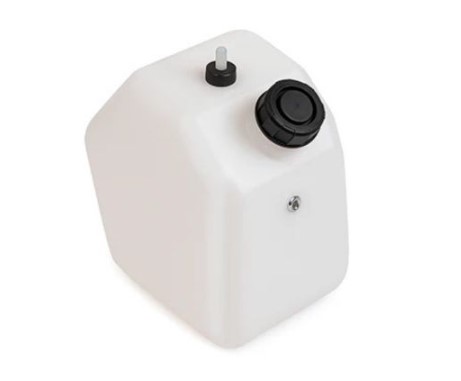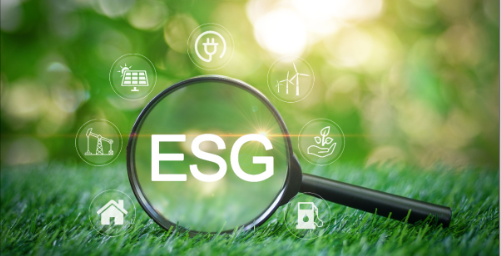Installing a go-kart fuel tank is an essential task that ensures your kart operates efficiently and safely. Whether you are assembling a new kart or replacing an old tank, a proper installation is vital to prevent fuel leaks, maintain balance, and optimize performance. In this guide, we will walk you through a detailed, step-by-step process for installing a kart petrol tank, covering preparation, mounting, fuel line connections, and safety checks.
Step 1: Gather Necessary Tools and Components
Before you start, it is important to have all the necessary tools and components ready. This preparation helps avoid interruptions and ensures a smooth installation process. For the tools, you will need wrenches, screwdrivers, a drill with drill bits, measuring tape, and safety gloves. As for components, you will need the go-kart fuel tank, fuel lines, fuel filter, clamps, mounting brackets, and appropriate fasteners. Having everything organised beforehand will make the installation process more efficient and reduce the chances of errors.
Step 2: Select an Appropriate Mounting Location
Choosing the correct mounting location for your kart petrol tank is critical for both safety and performance. The ideal location is usually at the rear of the kart, close to the engine, as this ensures a consistent fuel flow and maintains the kart’s balance. Accessibility is also an important factor. You should be able to easily refuel and inspect the tank without needing to disassemble other parts. Avoid mounting the tank near heat sources, moving parts, or areas that could be damaged in case of impact, as this can create serious safety hazards during operation.
Step 3: Install Mounting Brackets
Once you have chosen the location, the next step is to install the mounting brackets that will hold the fuel tank securely in place. Begin by positioning the brackets on the kart’s frame where the tank will sit. Ensure they are aligned correctly and will provide stable support. If necessary, drill holes in the frame to fit the brackets. Use appropriate fasteners such as bolts and nuts to secure the brackets to the frame. The stability of these brackets is crucial because a loose tank can cause fuel leaks, damage to the kart, or even accidents while driving.
Step 4: Mount the Fuel Tank
After the brackets are in place, position the fuel tank onto the mounted brackets. Ensure that the tank sits evenly and is stable. Use straps, bolts, or other securing mechanisms to fasten the tank to the brackets firmly. A properly mounted kart petrol tank should not move or vibrate excessively when the kart is in motion. This step is vital for safety and the longevity of the tank and fuel lines.
Step 5: Connect Fuel Lines
The next step is to connect the fuel lines between the tank and the carburetor. Start by attaching one end of the fuel line to the fuel outlet on the tank. Secure it with a clamp to prevent leaks. Next, install a fuel filter between the tank and the carburetor. The fuel filter prevents debris or dirt from entering the engine, which can cause poor performance or damage. Finally, attach the other end of the fuel line to the carburetor and secure it with a clamp. Ensure that the lines are routed properly without kinks or sharp bends, as this can restrict fuel flow and reduce engine performance.
Step 6: Install a Fuel Shut-Off Valve
Installing a fuel shut-off valve is highly recommended for safety and convenience. Place the valve between the fuel tank and the fuel filter. This valve allows you to stop the flow of fuel when the kart is not in use, which prevents leaks and reduces the risk of fire. Make sure the valve is easily accessible and operates smoothly before proceeding to the next step.
Step 7: Check for Leaks
After installing the fuel tank and connecting all fuel lines, it is important to check for leaks. Turn on the fuel supply and carefully inspect all connections, including clamps, the fuel filter, and the carburetor connection. If you notice any leaks, tighten the connections or replace faulty components. Detecting and fixing leaks before operating the kart can prevent accidents and protect the engine from damage.
Step 8: Perform Final Safety Checks
Before taking your kart for a test run, perform final safety checks to ensure everything is properly installed. Verify that the fuel tank is securely mounted and does not move. Inspect all fuel lines to make sure they are correctly connected, free of kinks, and positioned safely away from moving parts. Test the fuel shut-off valve to ensure it functions smoothly and shuts off fuel flow completely when engaged. A thorough final inspection ensures safe and efficient operation of your kart.
Conclusion
Installing a go-kart fuel tank is a straightforward process when approached systematically. By following these steps carefully, you can ensure that your kart’s fuel system operates safely and efficiently, minimising risks and maximising performance. Proper installation of the kart petrol tank is not only essential for smooth engine operation but also contributes to the overall longevity of your vehicle. With careful attention to detail, your kart will be ready for peak performance, making it a reliable component of your kart racing parts. Always prioritise safety and consider consulting a professional if you are uncertain about any step.





